Sinapyl alcohol
Synonym(s):4-Hydroxy-3,5-dimethoxycinnamyl alcohol
- CAS NO.:537-33-7
- Empirical Formula: C11H14O4
- Molecular Weight: 210.23
- MDL number: MFCD00192441
- SAFETY DATA SHEET (SDS)
- Update Date: 2024-11-19 23:02:33
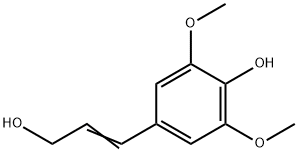
What is Sinapyl alcohol?
Description
Sinapyl alcohol is an organic compound structurally related to cinnamic acid. It is biosynthetized via the phenylpropanoid biochemical pathway, its immediate precursor being sinapaldehyde. This phytochemical is one of the monolignols, which are precursor to lignin or lignans. It is also a biosynthetic precursor to various stilbenoids and coumarins.
The Uses of Sinapyl alcohol
Sinapyl alcohol, a monolignol, is a primary lignin monomer. It has been evaluated for anti-inflammatory and antinociceptive activities. It participates in the initial stages in the biosynthesis of lignin. Coupling reactions of sinapyl alcohol and sinapyl p-hydroxybenzoate has been reported. Preparation of sinapyl alcohol by selective 1,2-reduction of corresponding cinnamate esters using diisobutylaluminium hydride as reducing agent has been studied.
The Uses of Sinapyl alcohol
Sinapyl Alcohol is useful for producing nail polish made of wood.
The Uses of Sinapyl alcohol
Sinapyl alcohol may be employed in the preparation of lignin, a highly stable biopolymer.
Definition
ChEBI: Sinapyl alcohol is a primary alcohol, being cinnamyl alcohol hydroxylated at C-4 and methoxylated at C-3 and -5. It has a role as a plant metabolite. It is a primary alcohol, a member of phenols and a dimethoxybenzene. It derives from a cinnamyl alcohol.
General Description
Sinapyl alcohol, a monolignol, is a primary lignin monomer. It has been evaluated for anti-inflammatory and antinociceptive activities. It participates in the initial stages in the biosynthesis of lignin. Coupling reactions of sinapyl alcohol and sinapyl p-hydroxybenzoate has been reported. Preparation of sinapyl alcohol by selective 1,2-reduction of corresponding cinnamate esters using diisobutylaluminium hydride as reducing agent has been studied.
Biological Activity
Sinapyl alcohol is a monolignol and an aglycone form of syringin that has been found in Populus alba and has anti-inflammatory and antinociceptive activities. It is a precursor in the biosynthesis of lignin. Sinapyl alcohol (50, 100, and 200 μM) reduces LPS-induced production of nitrite, prostaglandin E2 (PGE2), and TNF-α in RAW 264.7 cells. Sinapyl alcohol (20 and 30 mg/kg) inhibits acetic acid-induced writhing and increases the latency to paw licking in the hot plate test in mice.
Preparation and handling
Sinapyl alcohol is supplied as a neat oil. A stock solution may be made by dissolving the sinapyl alcohol in the solvent of choice, which should be purged with an inert gas. Sinapyl alcohol is soluble in organic solvents such as ethanol, DMSO, and dimethyl formamide. The solubility of sinapyl alcohol in these solvents is approximately 30 mg/ml.
Further dilutions of the stock solution into aqueous buffers or isotonic saline should be made prior to performing biological experiments. Ensure that the residual amount of organic solvent is insignificant, since organic solvents may have physiological effects at low concentrations. Organic solvent-free aqueous solutions of sinapyl alcohol can be prepared by directly dissolving the neat oil in aqueous buffers. The solubility of sinapyl alcohol in PBS (pH 7.2) is approximately 1 mg/ml. We do not recommend storing the aqueous solution for more than one day.
Properties of Sinapyl alcohol
| Melting point: | 61-65 °C (lit.) |
| Boiling point: | 384.7±37.0 °C(Predicted) |
| Density | 1.205±0.06 g/cm3(Predicted) |
| storage temp. | 2-8°C |
| solubility | Acetonitrile (Slightly), Chloroform (Slightly) |
| form | Oil |
| pka | 10.00±0.40(Predicted) |
| color | Pale Yellow to Yellow Thick |
| Stability: | Light Sensitive |
Safety information for Sinapyl alcohol
| Signal word | Warning |
| Pictogram(s) |
 Exclamation Mark Irritant GHS07 |
| GHS Hazard Statements |
H315:Skin corrosion/irritation H319:Serious eye damage/eye irritation H335:Specific target organ toxicity, single exposure;Respiratory tract irritation |
| Precautionary Statement Codes |
P261:Avoid breathing dust/fume/gas/mist/vapours/spray. P264:Wash hands thoroughly after handling. P264:Wash skin thouroughly after handling. P271:Use only outdoors or in a well-ventilated area. P280:Wear protective gloves/protective clothing/eye protection/face protection. P302+P352:IF ON SKIN: wash with plenty of soap and water. P305+P351+P338:IF IN EYES: Rinse cautiously with water for several minutes. Remove contact lenses, if present and easy to do. Continuerinsing. |
Computed Descriptors for Sinapyl alcohol
Sinapyl alcohol manufacturer
New Products
Tert-butyl bis(2-chloroethyl)carbamate (S)-3-Aminobutanenitrile hydrochloride N-Boc-D-alaninol N-BOC-D/L-ALANINOL N-octanoyl benzotriazole 3,4-Dibenzyloxybenzaldehyde 4-Hydrazinobenzoic acid 1,1’-CARBONYLDIIMIDAZOLE R-2-BENZYLOXY PROPIONIC ACID 4-HYDROXY BENZYL ALCOHOL 1,1’-CARBONYLDI (1,2-4 TRIAZOLE) 3-NITRO-2-METHYL ANILINE (2-Hydroxyphenyl)acetonitrile 4-Bromopyrazole 5-BROMO-2CYANO PYRIDINE 5,6-Dimethoxyindanone 5-broMo-2-chloro-N-cyclopentylpyriMidin-4-aMine 2-(Cyanocyclohexyl)acetic acid 4-methoxy-3,5-dinitropyridine 2-aminopropyl benzoate hydrochloride 1-(4-(aminomethyl)benzyl)urea hydrochloride tert-butyl 4- (ureidomethyl)benzylcarbamate diethyl 2-(2-((tertbutoxycarbonyl)amino) ethyl)malonate Ethyl-2-chloro((4-methoxyphenyl)hydrazono)acetateRelated products of tetrahydrofuran

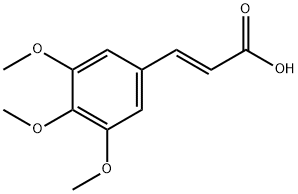
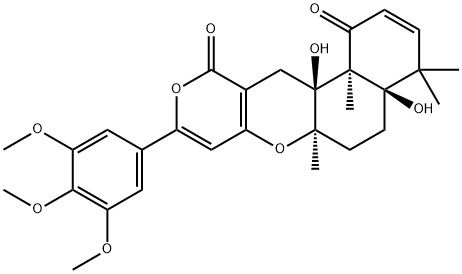

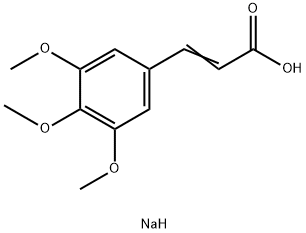
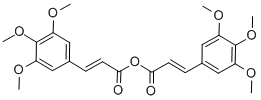
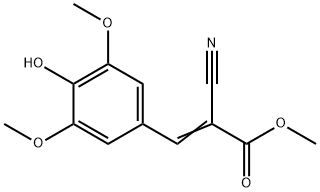
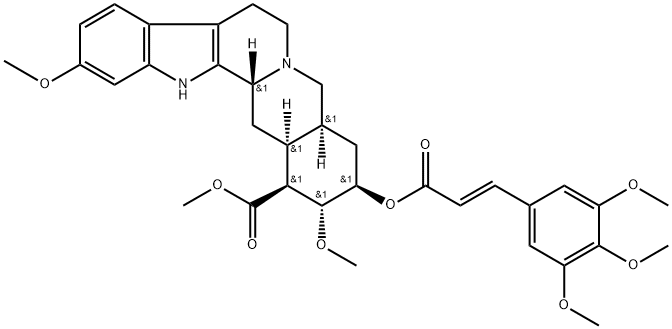
You may like
-
 537-33-7 Sinapyl alcohol 98%View Details
537-33-7 Sinapyl alcohol 98%View Details
537-33-7 -
 537-33-7 99%View Details
537-33-7 99%View Details
537-33-7 -
 Sinapyl alcohol CAS 537-33-7View Details
Sinapyl alcohol CAS 537-33-7View Details
537-33-7 -
 55441-95-7 99%View Details
55441-95-7 99%View Details
55441-95-7 -
 N-Vinylformamide 99%View Details
N-Vinylformamide 99%View Details
13162-05-5 -
 Chloro Uracil 1820-81-1 99%View Details
Chloro Uracil 1820-81-1 99%View Details
1820-81-1 -
 2-ethyl-6-methyl-3-hydroxypyridine succinate 99%View Details
2-ethyl-6-methyl-3-hydroxypyridine succinate 99%View Details
127464-43-1 -
 2-ETHYLPYRIDINE 100-71-0 99%View Details
2-ETHYLPYRIDINE 100-71-0 99%View Details
100-71-0